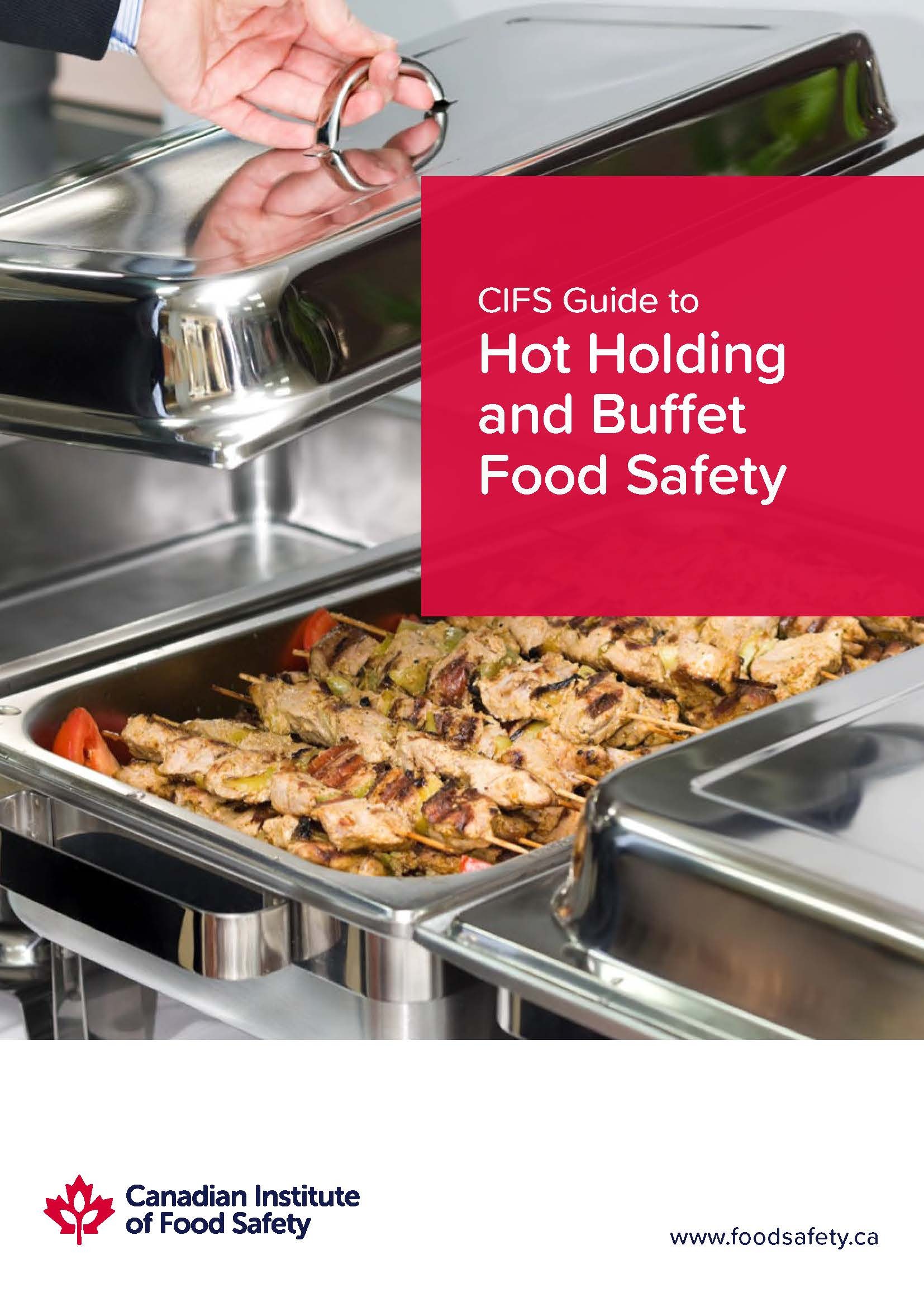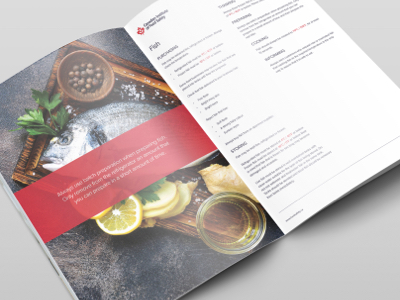
Buffets and self-service stations offer convenience and variety, but they also create opportunities for food-borne illnesses to arise if not managed safely. To protect consumers and comply with food safety laws, Food Handlers must understand the principles of temperature control, food protection and cross-contamination prevention.
In this guide, we’ll explain how to maintain safe buffets and hot holding stations, manage time and temperature effectively, and ensure your food stays safe from preparation to service.
In This Resource
Introduction
Buffets and self-service stations offer convenience and variety, but they also create opportunities for food-borne illnesses to arise if not managed safely. To protect consumers and comply with food safety laws, Food Handlers must understand the principles of temperature control, food protection and cross-contamination prevention.
In this guide, we’ll explain how to maintain safe buffets and hot holding stations, manage time and temperature effectively, and ensure your food stays safe from preparation to service.
Buffet Food Safety Basics
Buffet-style service involves multiple risks, including high customer traffic and extended service times. The key to preventing food-borne illness is strict time and temperature control and preventing contamination.
Buffet safety depends on:
- Keeping hot food hot and cold food cold
- Replacing, not refilling, buffet trays
- Using proper serving utensils
- Regularly monitoring temperatures
- Training all staff in safe food handling
Tip: Use a food thermometer to check food temperatures every two hours and record results in a temperature log.
Hot Holding Temperatures
Hot holding is used to keep cooked food at a safe temperature after cooking and before service.
The minimum safe hot holding temperature is 60°C (140°F).
If food drops below 60°C for more than two hours, it must be discarded. Never mix freshly cooked food with older batches still in service - bacteria from the older food can contaminate the new.
Common Hot Holding Equipment:
- Steam tables or bain-maries
- Chafing dishes with heat sources
- Slow cookers or warming trays
- Hot boxes or holding cabinets
Best Practices for Hot Holding:
- Reheat food before placing it into the hot holding equipment
- Dispose of buffet items after service periods, rather than storing and reusing
- Regularly stir items in hot holding equipment to ensure the temperature is evenly distributed
- Use lids where possible to help keep the food warm
Warning: Equipment must be preheated before placing food inside to avoid temperature drops.
Cold Holding Temperatures
Cold holding equipment, such as display fridges and refrigerated units, are used to keep ready-to-eat or pre-prepared food at a safe temperature before and during service.
The maximum safe cold holding temperature is 4°C.
If food rises above 4°C for more than two hours, it must be discarded. Never mix freshly prepared food with older batches already on display - bacteria from the older food can contaminate the new.
Common Cold Holding Equipment:
- Refrigerated display cases or salad bars
- Refrigerated storage units or prep fridges
- Ice wells or chilled serving trays
- Blast chillers (for rapid cooling before cold holding)
Best Practices for Cold Holding:
- Ensure food is thoroughly chilled before placing it into cold holding equipment
- Dispose of displayed items after service periods rather than storing and reusing
- Regularly check and record temperatures to ensure they are within safe limits
- Keep lids or covers on containers where possible to retain cold air
Warning: Equipment must be pre-chilled before placing food inside to avoid temperature increases.
Time Control and Rotation
Even if food is kept at the right temperature, time is critical. The longer food stays in the Temperature Danger Zone (4°C-60°C), the more time bacteria have to multiply to dangerous levels.
Best Practices for Time Control:
- Track when each item is placed on the buffet
- Use labels and written logs to ensure time on display is monitored
- Discard food that has been in the Temperature Danger Zone for more than two hours.
- Never mix leftovers with new batches
Reminder: Always discard food that has been in the Temperature Danger Zone for more than two hours. This time is cumulative, so any time spent preparing the food also counts toward the 2-hour limit.
Cross-Contamination Risks
Buffet environments are high-risk zones for cross-contamination due to the presence of multiple touchpoints. Customers may also use shared utensils or handle serving tools improperly, leading to cross-contamination between items on display.
How to Prevent Cross-Contamination:
- Provide separate utensils for each dish
- Remove any food or utensils that you notice have become contaminated
- Install sneeze guards or food shields
- Clean and sanitize surfaces and food thermometers regularly
- Monitor the buffet and remove items that become contaminated
Safe Hot Holding Equipment Use
Properly maintained and operated equipment is essential for buffet safety.
Equipment Safety Checklist:
- Preheat hot holding equipment before use
- Avoid overloading pans or trays
- Ensure equipment maintains a temperature reading of 60°C or higher
- Clean and sanitize equipment, utensils and thermometers between uses
- Calibrate thermometers regularly
Faulty thermostats or unclean surfaces can easily cause unsafe conditions or cross-contamination
Food Handler Responsibilities
Food Handlers working at buffets must follow strict hygiene and food safety protocols. This includes proper hand washing, temperature monitoring, and equipment cleaning and sanitizing.
Key Duties:
- Monitor and record food temperatures
- Replace utensils and dishes if they become contaminated
- Discard food after safe holding times expire
- Report malfunctioning equipment
- Wear clean uniforms and maintain personal hygiene
- Monitor customers/clients to ensure proper use of utensils
Tip: Display CIFS’s Correct Hand Washing Method Poster near all hand washing stations.
Food Safety Training
Every day, employees working in food businesses all over Canada take part in online food safety training to learn more about critical food safety concepts, such as:
- Causes of food-borne illness
- Time and temperature control of food
- Safe food handling practices
- Preventing cross-contamination
- Managing food allergies
- Health and hygiene requirements
There is no substitute for skillful, engaged and well-informed staff when it comes to protecting your customers and your business from food safety risks.
Fundamental food safety concepts and safe food handling procedures must be taught and repeated until they become second nature. Visual aids like posters, videos and checklists are a great way to reinforce food safety training.
Contact us for more information about food safety training and our extensive library of food safety resources.
About the Canadian Institute of Food Safety (CIFS)
At the Canadian Institute of Food Safety (CIFS), our mission is to reduce food-borne illness in Canada through education, promotion and advocacy for better food safety.
To improve food safety in Canada, we want to make it as easy as possible for businesses to do the right thing. We strive to protect both business owners and consumers from the consequences of food-borne illness.
We work with the public, as well as small, medium and enterprise food businesses in every industry that is regulated by the Canadian government.




